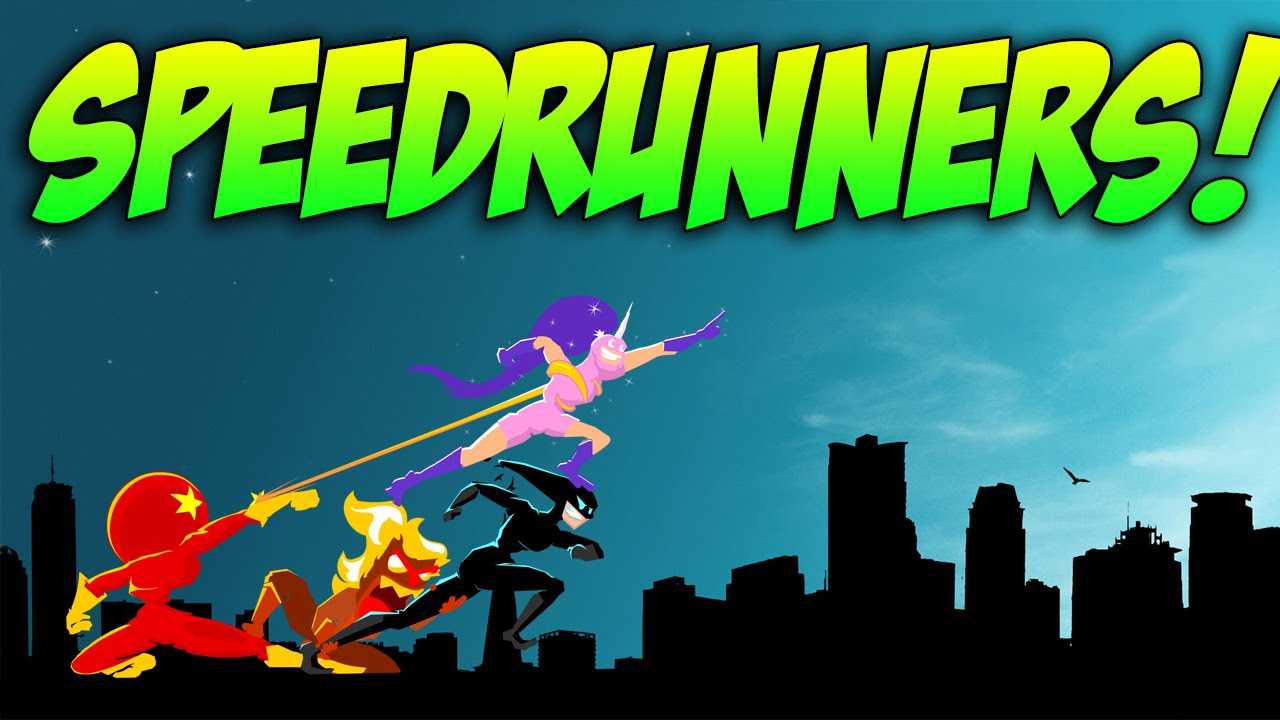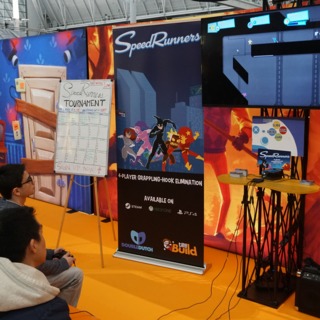

- Speedrunners game changing tiles to shadows how to#
- Speedrunners game changing tiles to shadows movie#
- Speedrunners game changing tiles to shadows update#
- Speedrunners game changing tiles to shadows code#
Following strict definitions, the re-Record count is: 836,877,925,474. We've applied Jaffar repeatedly on a supercomputer to solve for every level. As a result, the bot found the most efficient way to traverse the community-established route. The search is made possible by constraining the exploration space to that of a pre-determined route, requiring a few trillion states per level. The development of an open-source version of the game ( SDLPop) allowed the development of a high-performance parallel breadth-first search bot, called Jaffar that exhaustively explores all possible movements in each possible frame. Fortunately, more human-friendly versions of these skips have been developed after their discovery. Thanks to the use of emulators (JPC-RR) and memory debuggers (Cheat Engine), the discovery new tricks (e.g., level 7 and level 8 skips) that would have not been otherwise possible, as their discovery required a frame-perfect input and RNG-heavy setups. Frame by Frame Analysis / Memory Debugging The development of this TAS is largely based on the existing route but has introduced two novel approaches: The route has improved a great deal during the last few years thanks to the use of savestate-enabled emulators (e.g., DosBox-X), allowing players to try different tricks without losing too much time. Notable contributors to the routing are the actual game top speedrunners, such as (in no particular order) crem, CapnClever, 7eraser7, Karlgamer, YOLO4GG, GoodSpectre, Higlak, Velcheran, Creditor, WinterThunder, uvq3tsa, Wolfadawn, KenshinTrek, and GMP.
Speedrunners game changing tiles to shadows movie#
This movie is the result of decades of routing and discoveries, and has been developed with extensive help from the current speedrunner community.

HDD Image: Contains only Prince of Persia 1.0

Here some guard reaction times and probabilities are changed, but overall the gameplay is the same.īoot Floppy: FreeDOS 1-1-35w (Build 2035w) from Only difference is that we use the Prince of Persia 1.0 version as emulation for newer versions does not handle sounds well. In general, this run abides by the same rules as the RTA runs. In this case, it results in an estimate of 08:58m which a notable improvement compared to 12:20.58 of the previous level-skip TAS produced by David Newton ( video here ). Level 14 is only accounted for in RT, hence the difference between both times.Ī potential level Skip run IGT can be obtained by subtracting the time for the first 3 levels. The IGT starts immediately on Level 1 and stops as soon as Jaffar dies in Level 13, as this is the time taken for the high-score board. However, it is the IGT the one used as the metric for speed, as it omits cutscenes and account for changes in framerate (the game operates in 12 FPS normally, but 10 FPS during combat). This movie makes the best effort to reduce the real time to solution. This category requires that all levels are completed (without skipping the first three levels using the SHIFT+L code). In the "any%" category, all tricks and glitches are allowed except for the use of cheats. The objective of the game is to beat all 14 levels in less than 60 minutes (IGT). Little does poor Jaffar know that he will be defeated in a fifth of the intended time. You, the brave youth who is a prisoner in Jaffar's dungeons must rescue her within 60 minutes.
Speedrunners game changing tiles to shadows code#
This method would also complicate my code in several other ways.In this timeless classic, the tyrant Jaffar has seized power and has forced Sultan's daughter to marry him. Tiles are loaded into memory in blocks of that size, and even though only about 20x40 tiles are visible onscreen at a time, I would have to render up to four chunks at once. *I'd like to stay away from the last option if possible unless rendering chunks of 64圆4 is not too inefficient.
Speedrunners game changing tiles to shadows update#
I have thought of several potential methods:ġ.) Store the quad representing a single tile (vertices and texture coordinates) in a VBO and render each tile with a separate draw* call, translating it to the correct position onscreen and using uniform2i to give the location in the texture atlas for that particular tile Ģ.) Keep a VBO containing every tile onscreen (already-computed screen coordinates and texture atlas coordinates), using BufferSubData to update the tiles every frame but using a single draw* call ģ.) Keep VBOs containing static NxN "chunks" of tiles, drawing however many chunks of tiles are at least partially visible onscreen and translating them each into position. What I'm wondering is the best way to organize a tilemap to render quickly and efficiently.

Speedrunners game changing tiles to shadows how to#
I'm using shaders with OpenGL 2.1., and am familiar with the rendering pipeline and how to actually draw geometry on-screen. I am creating a tile-based 2D game as a way of learning basic "modern" OpenGL concepts.


 0 kommentar(er)
0 kommentar(er)
